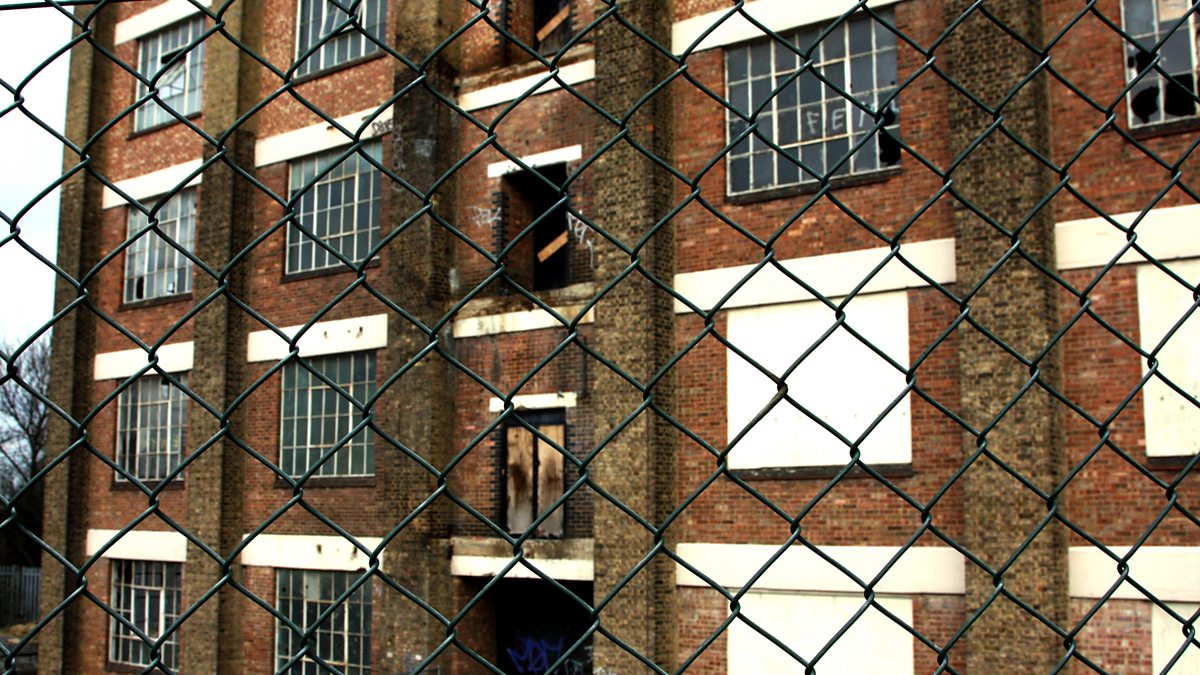Very interesting thread now.
In response to Aeolium's #210, I wonder if there is a model for the dynamic of class support for the status quo?
I would see it as something like a pyramid structure:
The real wealth in the hands of a tiny proportion, maybe 0.1 % and their corporations and supporters in commerce.
Next level, down to say 1%, very wealthy, sharing same values.
Next 9%. Doing very comfortably, well off enough to buy in 100% to the system.
Next 20% (UK). Mostly doing enough to be comfortable, and with some hope of joining the next group up. Discontent limited to modifying the present structures. (greens?)
Next 40% . getting by. mostly too busy getting by to join any unrest or pressure groups.
Bottom 30% Living hand to mouth, no networks to enable them to combine to push for change.
I'm sure there are better, more sophisticated models, But that is how I see it in very crude terms.
In response to Aeolium's #210, I wonder if there is a model for the dynamic of class support for the status quo?
I would see it as something like a pyramid structure:
The real wealth in the hands of a tiny proportion, maybe 0.1 % and their corporations and supporters in commerce.
Next level, down to say 1%, very wealthy, sharing same values.
Next 9%. Doing very comfortably, well off enough to buy in 100% to the system.
Next 20% (UK). Mostly doing enough to be comfortable, and with some hope of joining the next group up. Discontent limited to modifying the present structures. (greens?)
Next 40% . getting by. mostly too busy getting by to join any unrest or pressure groups.
Bottom 30% Living hand to mouth, no networks to enable them to combine to push for change.
I'm sure there are better, more sophisticated models, But that is how I see it in very crude terms.

Comment